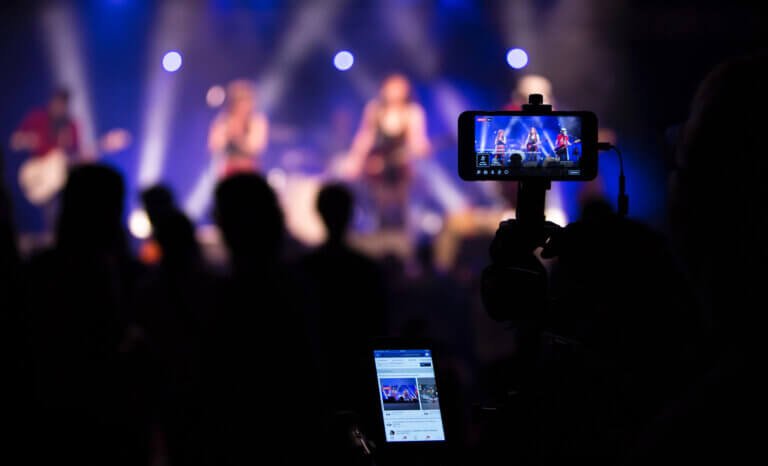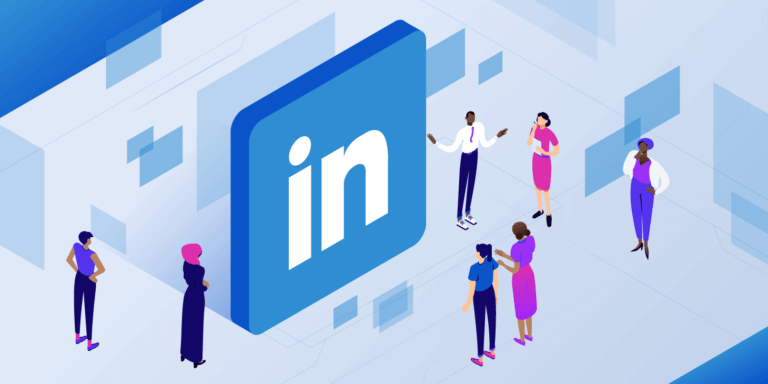I’m going to cover several L’s in this one. We have laser printers; we have LinkedIn; Live Streaming and Linux, so let’s get to it…

Laser printer
I do think most people think that the laser printer burns the image onto the paper, but it doesn’t.
What the laser does is that it passes over the paper and places as static charge where the toner needs to go. When the paper passes close to the toner cartridge as it revolves round the drum, this static charge pulls the plastic toner particles to the paper.
Colour laser printers do the same through four passes to draw plastic particles in the four secondary colours to the paper in turn.
The last phase is a heater called the fuser, which bonds the plastic particles to the paper.
This is also why the paper comes out hot.
LED printers use an LED light source instead of a laser, which means that it can be installed as a bar to introduce the static charge faster.

Live Streaming
Live Streaming is a technology where your video footage is sent to the receiver in real time.
A good example is the CCTV camera. If you are the store detective, you see the CCTV cameras broadcast in real time to a display screen and optionally recorded to tape (although these days to hard drive)
If you consider that most people record and edit their video and upload it to YouTube so that others can watch it at their leisure, that doesn’t connect the content creator to the consumer.
Live streaming involves using the webcam or a connected camera through some software (like OBS Studio) to stream the contents to a server like Facebook or YouTube live. The consumer can respond in real time through the chat box.
If the audience is much wider, this is called a webinar. Webinars are a one to many experience and they work with an intermediary server so the creator’s connection is not affected by 10,000 people wanting to see the video at the same time.
Video Conferencing is similar to live streaming but the audience is smaller and the people taking part can communicate with each other over voice or chat.

LinkedIn is a social media platform for businesses to connect with each other. Prior to lockdown, it was primarily used for people in business to talk to other people in business and has now become the Facebook for business.
In business, “people buy people” is a common saying. So if you are a people person, you are more likely to sell your product or service on LinkedIn.
There is more to LinkedIn than meets the eye though, they have a job section were people can post and apply for jobs; LinkedIn Training, where you can learn new skills

Linux
I have covered Linux before, but here goes. Back in the 1980s when IBM was looking for an easy operating system for their new Personal Computer, there were 3 choices in front of them. Unix was very powerful but not that user friendly; CP/M was friendly but there were too many variants and DOS which wasn’t as friendly but they could use it for their computers. IBM chose DOS.
Microsoft made a killing in the DOS world for years, and developed a graphical interface they called Windows that was similar to Apple’s MacOS that it caused a lawsuit.
Every big server, from mini computers; mainframes and supercomputers ran Unix at the time and a lot of the big hardware at IBM ran Unix.
Along comes Linus Torvalds and creates his own Unix clone calling it Linux.
Linux now runs on pretty much all the big computers; the small computers and even Android tablets and mobile phones.
Apple on the other hand, decided their operating system, MacOS would be rewritten in BSD Unix because the operating system offers more restrictive licencing and Apple doesn’t need to release their source code. Every Apple product runs a variant of BSD Unix in the form of MacOS; iOS; tvOS and watchOS.

